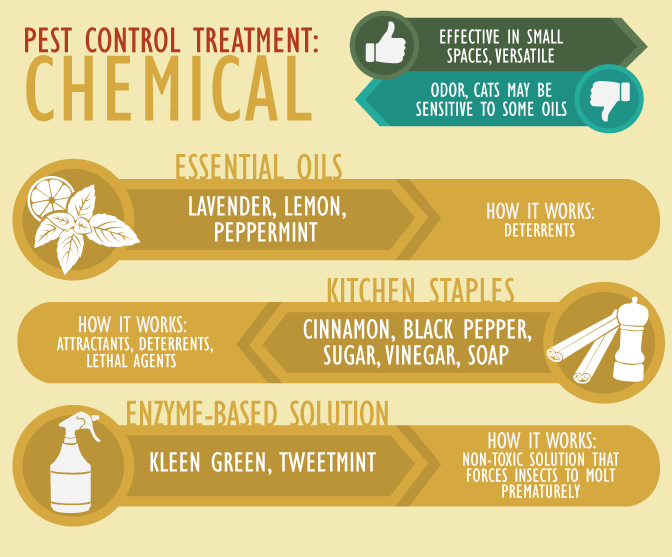Are you knowledgeable about the concealed risks that bugs posture to the safety and health of your food? From rodents to pests, these undesirable visitors can infect your components, surface areas, and storage space areas.
This short article discovers the critical function of insect control in maintaining the highest possible criteria of food safety and hygiene. Discover reliable techniques and prevention measures that will assist you safeguard your business, clients, and online reputation.
Do not allow insects endanger the quality of your food.
The Effect of Bugs on Food Safety And Security and Health
In your kitchen area, insects can have a significant influence on food safety and security and hygiene. These undesirable visitors, such as rodents, pests, and cockroaches, can contaminate your food, surface areas, and utensils with damaging bacteria, viruses, and bloodsuckers. They can quickly access your pantry, cabinets, and even your fridge, leaving behind droppings, pee, and hair.
Not just can they spoil your food by chewing via packaging, but they can also spread conditions like Salmonella, E.coli, and Listeria. Envision preparing a dish for your family members, uninformed that the ingredients you're making use of are already polluted.
It's essential to take prompt action to prevent and manage insects in your cooking area. Regular cleaning, appropriate food storage, and expert pest control steps are important to make certain food safety and security and keep a hygienic environment in your kitchen.
Effective Insect Control Methods for the Food Market
Implementing efficient bug control strategies is critical for keeping food safety and security and hygiene in the food sector. By executing Integrated Pest Management , you can stop pests from infecting the food and make certain that your products are safe for usage.
One effective method is to routinely inspect and monitor your center for indicators of bug activity. This consists of monitoring for droppings, nests, or any kind of damages caused by parasites.
It's also vital to seal all access points to protect against pests from entering the facility. Normal cleansing and hygiene are essential, as insects are brought in to food residue and spills.
In just click the up coming web site , correct waste administration is critical to prevent the accumulation of food waste that can attract pests.
Maintaining Health Specifications Via Pest Prevention Measures
To keep hygiene criteria, you should routinely apply insect avoidance measures. By taking positive actions to avoid parasites from entering your food facility, you can guarantee the safety and tidiness of your facilities. Here are some effective bug avoidance procedures to take into consideration:
- Seal all splits and crevices: Bugs can enter through even the tiniest openings. Routinely examine and secure any spaces in doors, windows, wall surfaces, and floorings to maintain insects out.
- Proper waste management: Take care of food waste quickly and safely in sealed containers. This will decrease the attraction of parasites and avoid infestations.
- Normal cleansing and sanitizing: Preserving tidiness in your facility is essential. Consistently tidy and sterilize all locations, paying special interest to locations where insects might hide or reproduce.
- Implement a surveillance system: Frequently evaluate your facilities for signs of bug task. Set up insect surveillance gadgets, such as traps or sensing units, to recognize and deal with any possible concerns beforehand.
Conclusion
So bear in mind, when it involves food security and hygiene, insect control plays an important function.
By applying reliable insect control approaches and preventive measures, we can make certain the highest possible criteria of sanitation and security in the food industry.
Do not let parasites endanger the quality of our food; let's stand together and safeguard our wellness and health.
